Gain Confidence in Scanning Electron Microscope (SEM) Optimization & Analysis
Published

Scanning electron microscopy (SEM) is a powerful imaging technique that uses focused beams of electrons to examine a sample’s surface and provide topographic, morphological, and microstructural information.
SEM is used in various fields with diverse applications across different disciplines and sectors. SEM can help improve processes and quality control in industrial settings by providing automated multi-scale measurements to ensure high-quality products.
Many researchers who work on fundamental and novel material research use SEMs to glean key insights into the material properties at the micro and nano-scale. Semiconductors are one of the fields where SEM is extensively used. SEM helps guide semiconductor research by analyzing newly developed semiconductors’ yields and failure points.
More generally, we can use SEM to investigate surface topology and composition, including research on batteries, semiconductors, polymers, biological samples, metals, crystals, adhesives, fossils, corrosion, fibers, composites, etc.
SEM instruments come in various sizes, ranging from small benchtop instruments that are more affordable while providing basic capabilities of an SEM, to more advanced and larger SEMs that contain expanded features and detectors for more precise and refined measurements.
Even though the fundamentals of SEM operation are practically the same for all instruments, several settings can significantly impact the quality of the measurements and should be adjusted appropriately to achieve the best possible results and images. When choosing between multiple SEMs, it is important to consider accelerating voltage, beam current, detectors, and samples/stage positions. These factors are the most critical variables that affect the measurements and should be duly refined to optimize the final results.
The eBook, Scanning Electron Microscope (SEM) Optimization & Analysis, discusses key points to consider when approaching SEM experiments. A typical SEM experiment requires several decisions, including selecting the instrument and the detector(s) and making changes to refine the measurement. This eBook will help you gain great insights into SEM and feel confident in your future SEM projects.
Additional Note:
If you are interested in using our SEM services, we strongly recommend you take advantage of our value-added, free-of-charge Covalent Live View service. Our clients use Covalent Live View to stay highly involved in their SEM projects and collaborate with their colleagues, partners, and Covalent experts to reach the best possible analyses and achieve their business goals.
Don’t Forget to Share!
